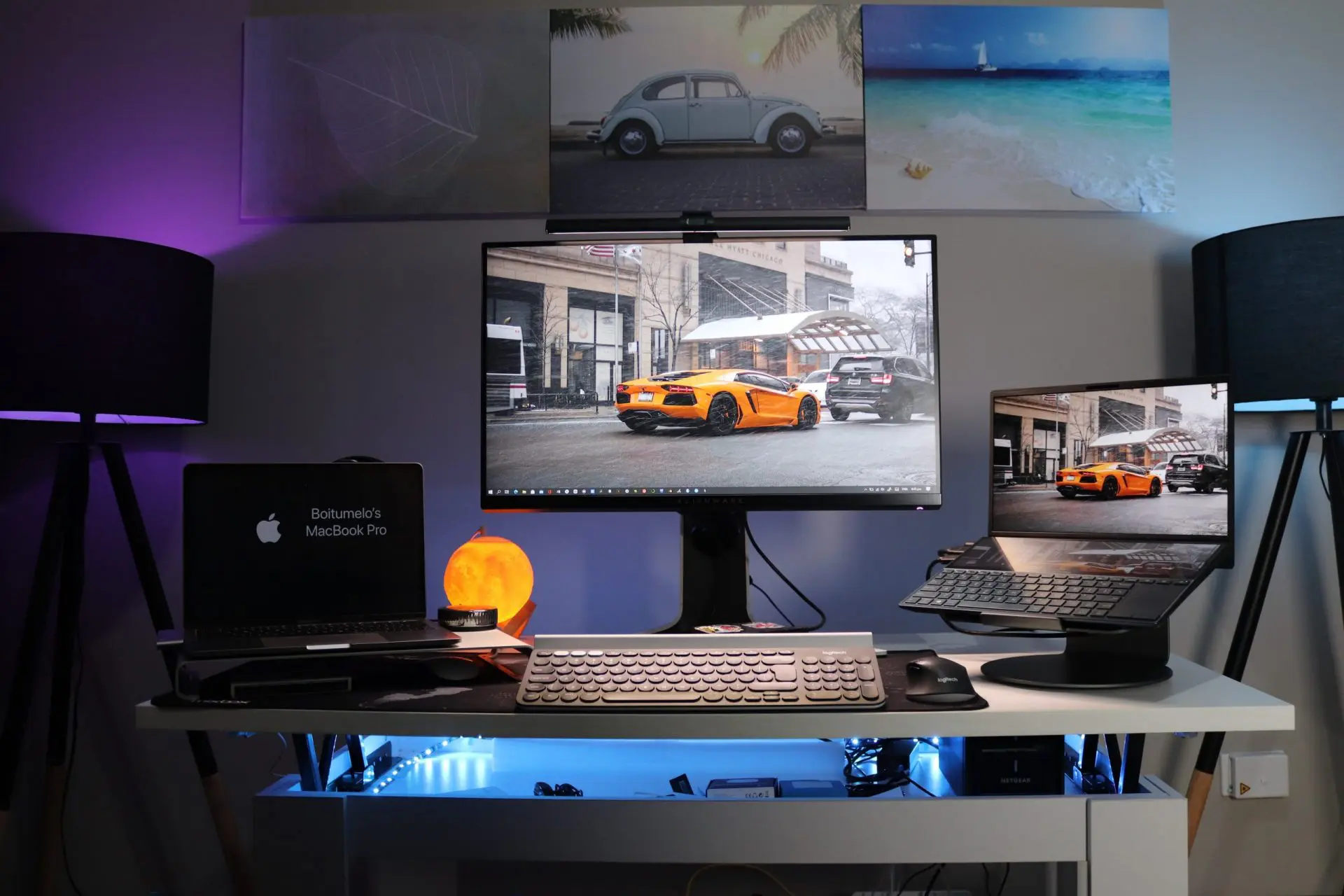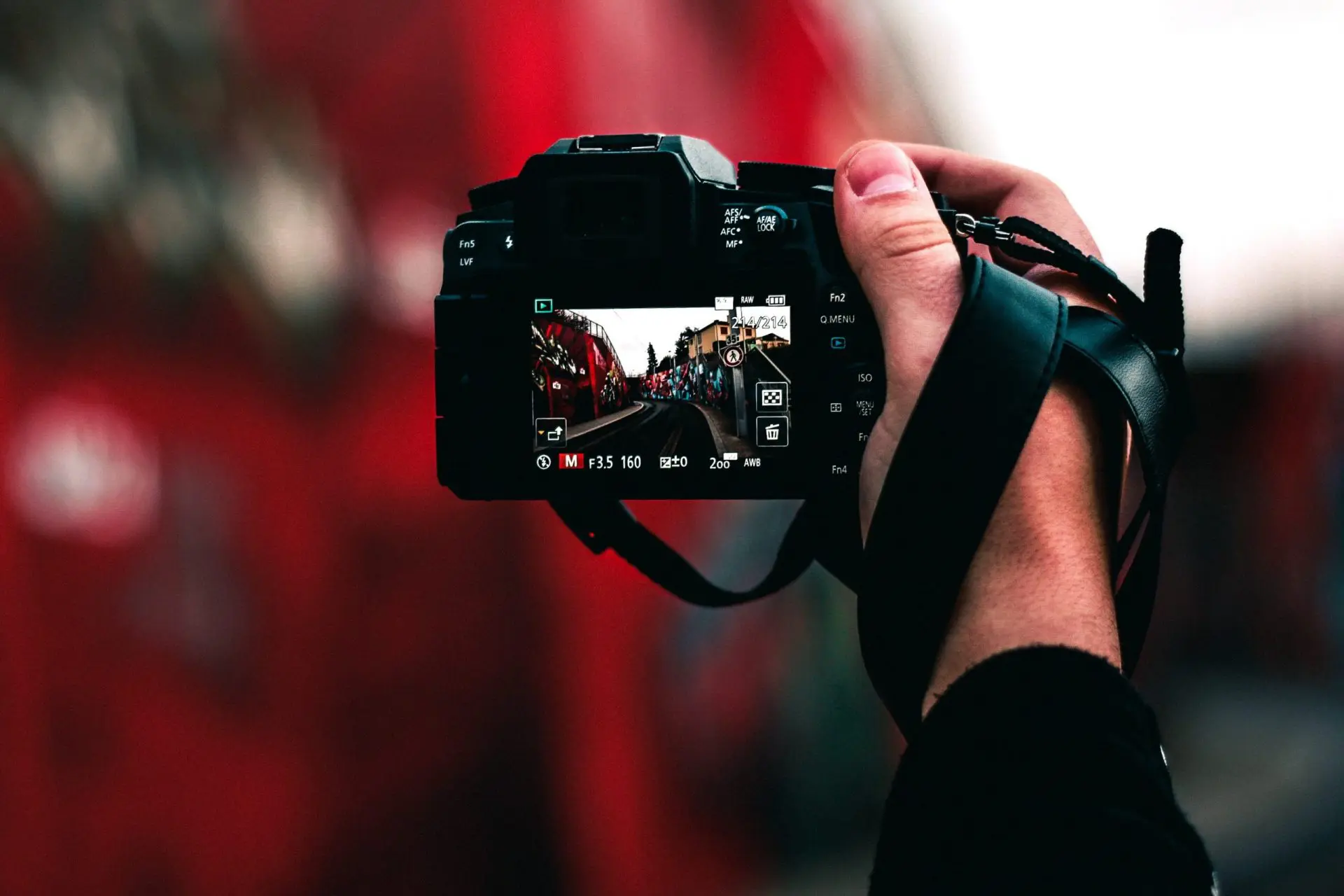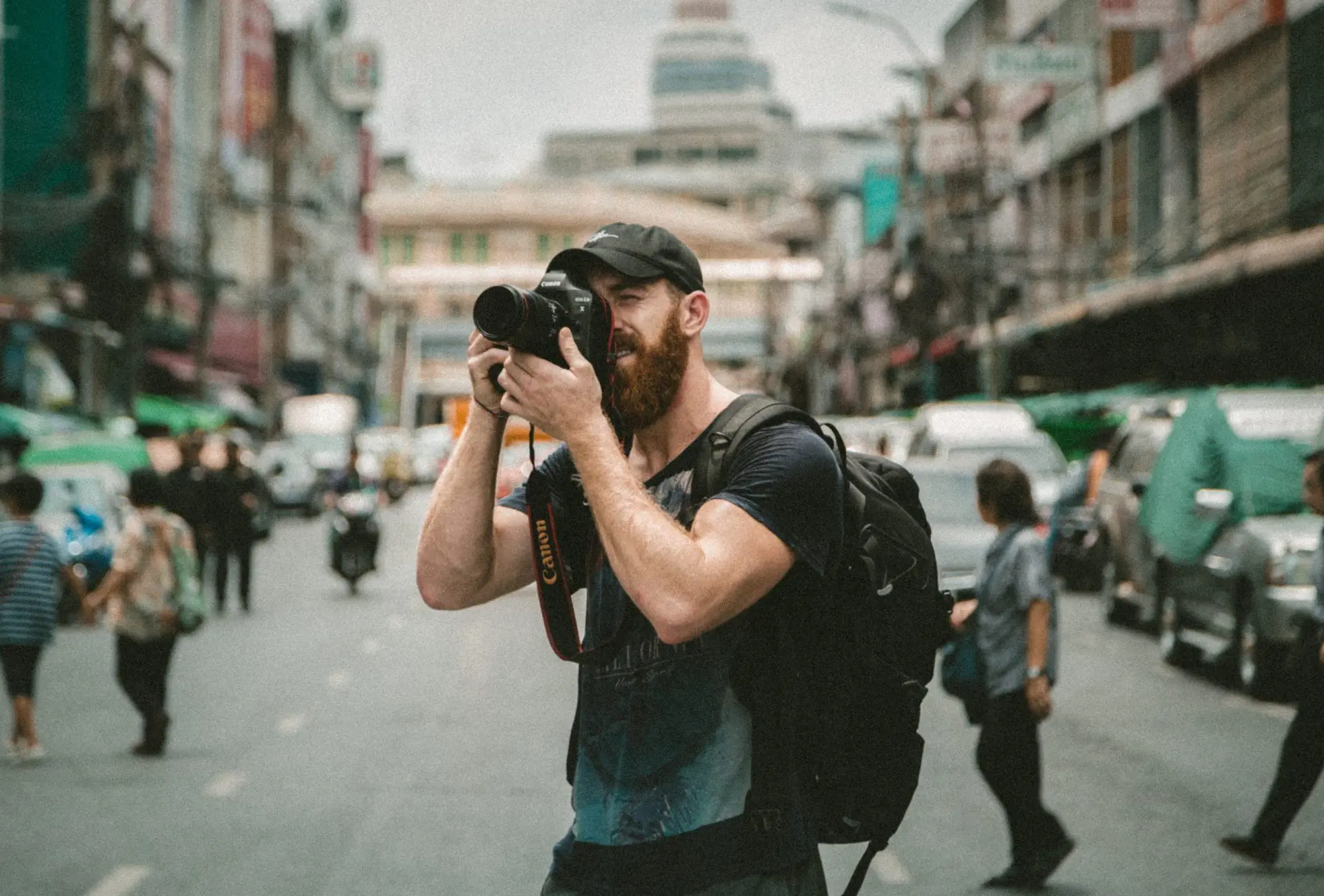
Technology is advancing every day, and neural networks continue to boom; it is clear that Artificial Intelligence is applied to massive data management in fields like banking to even the post-production of filming.
But does AI have space in fields such as Photography? Is there any possibility of having AI-based software filtering your photos and selecting the best out of them with the highest image quality?
When Google Photos arrived in 2015, it displayed how effective a combination of AI and Photography might be; therefore, giving way to expecting that tools that run on deep learning used in AI streamline the photo editing process. An excellent example of this is AfterShoot, but the question remains: could it still disrupt the world of Photography?
To get a perfect answer for the above questions, let’s dive into the depth of this field and understand the reasoning behind the roleplay of Artificial Intelligence in the domain of Photography.
How is AI used in Photography?
While editing photographs, people spend the majority of their time on repetitive or regular chores. Hence, AI here will assist professional photographers in completing typical post-processing tasks, such as image culling in Photography more rapidly by teaching the AI to meet their needs.
Machine learning used in AI holds several image alteration algorithms that would immediately edit photographs and provide spectacular image quality, which would otherwise need photographers to spend hours working on standard tools.
Majorly, image processing and post-production are some areas that are getting affected by AI in Photography. For example, AI-powered image culling tools like AfterShoot can quickly cull your photos and can significantly bring down the number of photos you need to edit in just a snap of your fingers!
The deep learning program of one such cool AI product, which functions similarly to an automated photographer, is designed to train algorithms to spot familiar emotions and exciting activities and take photos at the appropriate time.
Google Pixel smartphones are excellent examples, well-known for their photography capabilities, such as their ability to catch the light and employ AI to provide a beautiful portrait mode image.
All of this only accounts for the commencement of getting such cutting-edge technology coming into full force soon!.
What is the future of AI in Photography?

The future of the photography field in AI is just as uncertain as any other field. But there are still some predictions we can make, according to the inventions and discoveries happening now.
For instance, many smartphone cameras can automatically recognize targets and track subjects, making them extremely helpful for events and sports pictures. In contrast, some digital cameras can optimize high focus by identifying the face or limb of an individual.
As we know, photographers often spend the majority of their time in image processing and editing. But once AI becomes well implemented, time spent in editing will reduce. One second you upload all the photographs, and the other second the pictures automatically cull themselves, leaving you with the best shots.
How cool would it be if you needn’t go through hundreds of images to find where the person’s eyes are open?
What if you could get rid of several blinks in a blink?
And what if I told you that it’s already happening?
Yes, we at AfterShoot offer easy-to-use photo culling software for professional photographers with just four simple steps. Try out for free!
Can AI replace photos?
‘GAN’ (Generative Adversarial Network) & Computational Photography involve an algorithm of machine-learning that helps restore/improvise the damaged images by adding or deleting desired parts.
To generate remarkable photographs, computational Photography makes excellent use of the data gathered from exposures. Moreover, it can give even higher outcomes when combined with AI techniques, which opens up a world of possibilities.
Although the outcomes of these AI-powered image processing tools/applications on command are surprisingly precise, the objective of the shot is, however, still sometimes entirely missed.
This happens because of the basis of image recognition, a database of human-defined pictures. On the other hand, the human brain can store and recall all of the nuanced details required to identify a photo and the emotions conveyed through it correctly.
However, unless one teaches the computer how to identify the right picture for the suitable description, the AI-generated image will not provoke the right emotion through the processed image.
Since deep learning used in AI requires in-depth context to be fully understood and processed the right required image, therefore, for now, humans are vastly superior in image recognition and in producing a perfect required shot than the AI-powered image editing tools.
Is AI ruining the photography industry?
To be fair enough, what we’ll probably see instead is artificial Intelligence replacing almost all of those stock photography, product photography and, food photography.
However, from another perspective, AI used in the image culling tools will help in a significant increase in the quality of their everyday work-life!
Whatever comes in the future will only offer us more opportunities to discover and utilize these technologies in the post-processing of the images to create better outcomes faster. At the end of the day, if you can use these tools correctly to aid your work, you and your business will undoubtedly profit in the long run!
Like any other tool, we should embrace and make good use of such latest advancements. Yes, there will still be new advances in the digital photography field. Still, it will be the photographers and how they employ those advances that will influence the photography business in the years to come.
Most Concerned Question: Will AI replace photographers?

Well, there are many more factors to consider than just getting the exposure right or following the fundamental laws of image composition when creating a beautiful shot.
Artificial Intelligence used in image generators may have a use in Photography for brushing up or creating simple landscape images. However, some images still require human participation in the editing process to comprehend the mood and message that the photograph intends to portray, rather than just tweaking the exposure or white balance.
Unless you want every shot to appear the same, making artistic decisions during shooting is outside the scope of automation. However, post-image processing and alteration are the additional domains where human judgments and choices are sometimes employed to arrive at a final product.
As these image retrieval tools are part of the workflow chain, user input is still required to lead them to the desired position. This is when human experience prevails, and the tools themselves will not completely level the playing field.
Therefore, it is evident that AI is currently not wholly ready to substitute for an interpretation brought into a picture shoot by a professional photographer.



